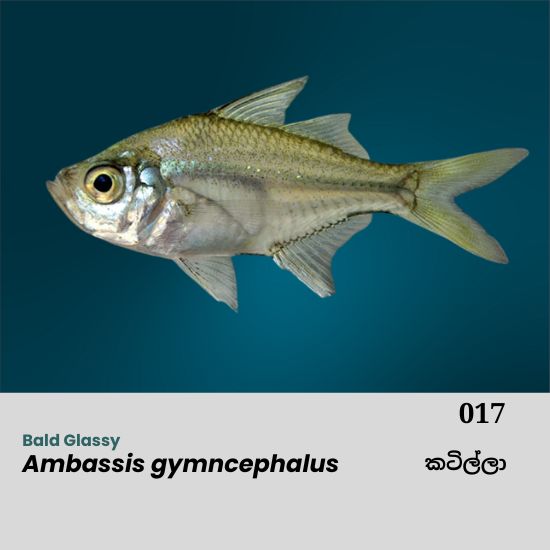

Photo by Ramani Shirantha
Bald Glassy
Ambassis gymnocephalus
කටිල්ලා
The Ambassis gymnocephalus, commonly known as the Bald Glassy or Gymnocephalus Glass Perchlet, is a small yet fascinating fish found in tropical and subtropical waters. Known for its semi-transparent body, this species blends seamlessly into its environment, making it an expert at evading predators. Despite its small size, the Bald Glassy plays a significant role in coastal ecosystems.

LANKA MANGROVE MUSEUM
No 560 Pambala South, Kakkapalliya, Sri Lanka



